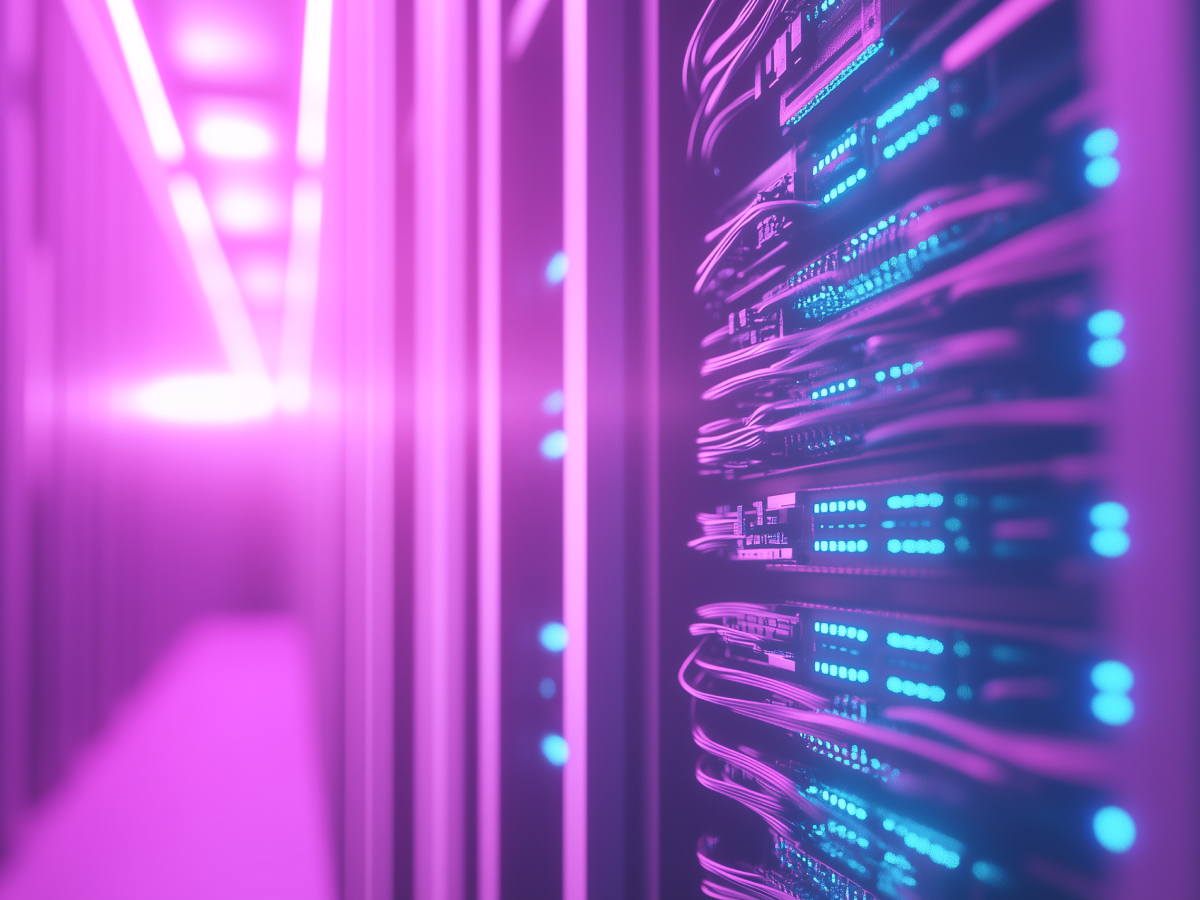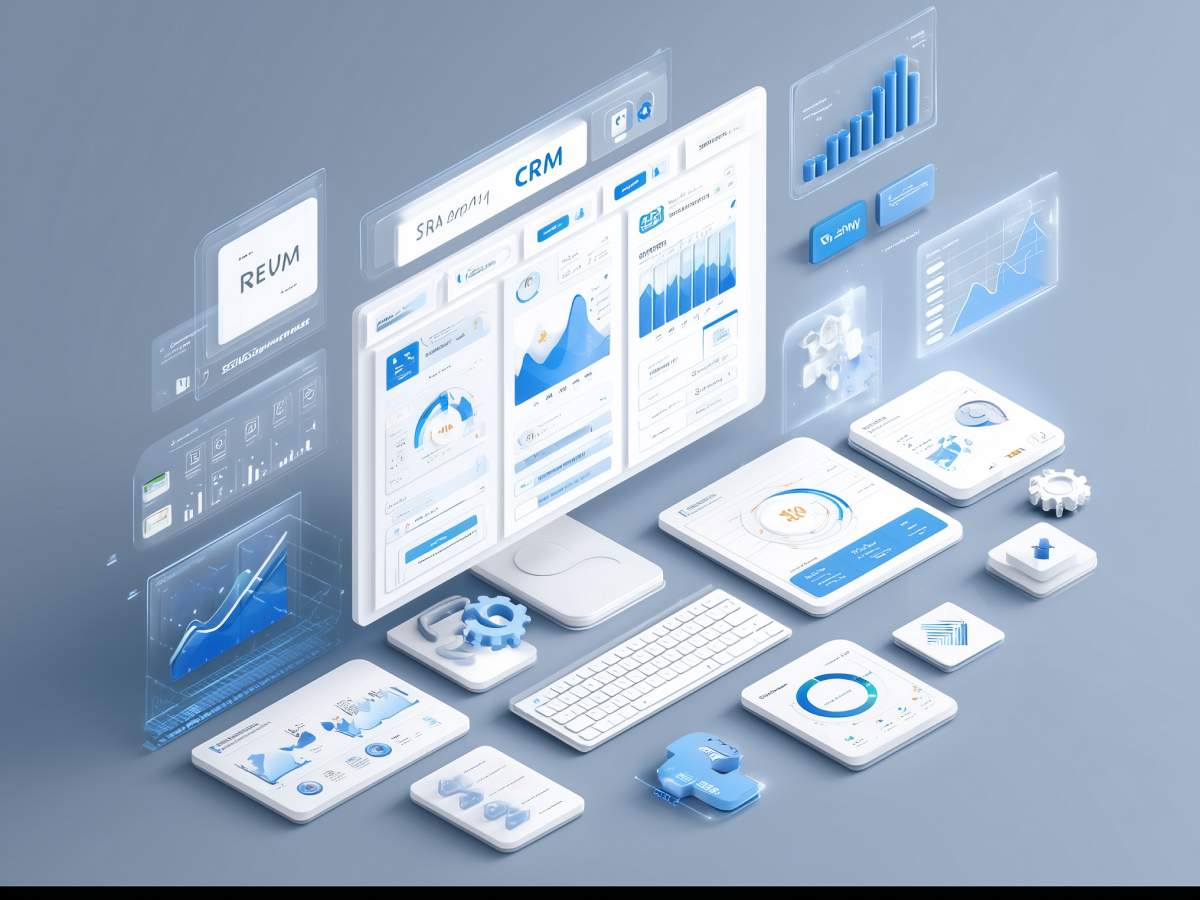Shifts in virtualisation strategies
The way we handle virtualisation is changing fast, and it’s largely driven by licensing policies that demand we rethink how we use infrastructure. This is a chance to optimize. We’re talking about options that range from hypervisors to containerisation, and even devirtualization. Each one comes with its own set of benefits and challenges, but the bottom line is clear: we need to adapt.
To start, leaders must catalog their current virtualisation landscape. What’s working? What’s outdated? Every implementation has interdependencies, and mapping these out is key for avoiding disruption. From there, we can explore distributed cloud solutions, hyperconvergence, or a private cloud setup. The tech options are diverse, but the focus should remain on scalability, flexibility, and efficiency.
The people side of this is just as important. Training I&O teams on emerging technologies is non-negotiable. These are the folks who will execute your strategy, so investing in their skills, be it container management or advanced visualisation tools, is a direct investment in your future operational excellence.
Importance of Security Behaviour and Culture Programs (SBCPs)
Cybersecurity is a people issue. No matter how strong your firewall is, one careless click on a phishing email can bypass it. That’s where Security Behaviour and Culture Programs (SBCPs) come in. These programs work to align employee actions with your security goals, creating a human layer of defense that’s just as vital as the tech.
SBCPs are about changing behavior. This is about embedding security awareness into the DNA of your organization. Think of it as a cultural change, a shift that encourages employees to think twice before clicking, double-check access permissions, and recognize red flags in real-time.
Cyber threats are becoming more sophisticated, and attackers are exploiting human error more than ever. SBCPs tackle this head-on with a mix of training, real-world simulations, and continuous feedback loops. Done right, these programs can reduce incidents and mitigate risks. The added bonus? They build trust with your clients, partners, and regulators who see a comprehensive commitment to security.
Adoption of cyberstorage
Data is the new oil, but it’s also a vulnerability. Cyberstorage, a decentralized approach to data management, breaks your information into fragments and distributes it across secure locations. If one part is compromised, the rest remains untouched.
Picture a scenario where a ransomware attack targets your storage systems. With cyberstorage, the attackers wouldn’t have a complete dataset to exploit. Plus, the fragmented data can be quickly reassembled when needed, giving continuity in operations.
Another driver here is compliance. Regulators are tightening the screws on data storage, and cyberstorage makes it easier to meet these requirements. Insurance premiums tied to data security are also rising, so reducing risk directly impacts your bottom line. In order to make this shift, start with a strong business case. Highlight the savings in operational downtime, regulatory fines, and insurance costs. It’s an easy sell when you break it down.
Expansion of liquid-cooled infrastructure
Modern computing power generates an enormous amount of heat. Traditional air-cooled systems struggle to keep up, especially as AI workloads increase. Liquid cooling is stepping up to the challenge. Technologies like rear-door heat exchangers, immersion cooling, and direct-to-chip systems are becoming practical solutions.
Liquid cooling optimizes energy use and allows for denser hardware configurations. As GPUs and CPUs get more power-hungry, the ability to directly cool components becomes less of a luxury and more of a necessity.
We’re seeing a move from general cooling for entire data centers to targeted cooling at the component level. While still niche, it is set to expand as AI and machine learning continue to push infrastructure requirements. Forward-thinking leaders should evaluate how liquid cooling fits into their long-term plans, especially if AI is a main part of their strategy.
Rise of intelligent applications
Imagine software that anticipates needs and adapts to users in real time. Intelligent applications do exactly that. They remove inefficiencies by automating processes and minimizing manual intervention.
Such applications thrive on user context. They learn preferences, adjust interfaces, and predict next steps. For businesses, it means smoother operations and faster problem-solving. For users, it means less digital friction and more intuitive tools.
In practice, these technologies reduce reliance on I&O teams for day-to-day tasks. When automating routine functions, they free up bandwidth for strategic initiatives. It’s a win-win scenario, users get better experiences, and organizations improve resource allocation.
Emphasis on optimal infrastructure choices
Choosing the right infrastructure is becoming a core business decision. Every choice, whether it’s a public cloud deployment or an on-premises system, needs to align with broader organizational goals. Alignment makes sure that resources are used wisely and that the infrastructure directly supports business outcomes.
Platform engineering is a key part of this process. When adopting modular and scalable infrastructure strategies, organizations can adapt quickly to changing needs without overhauling entire systems. Such choices also build credibility with business leaders and executives, who are more likely to approve initiatives that clearly tie to ROI and strategic goals.
The takeaway here is simple: infrastructure is a tool for driving growth. Done right, it bridges the gap between technical possibilities and business priorities, making it a key factor in long-term success.





